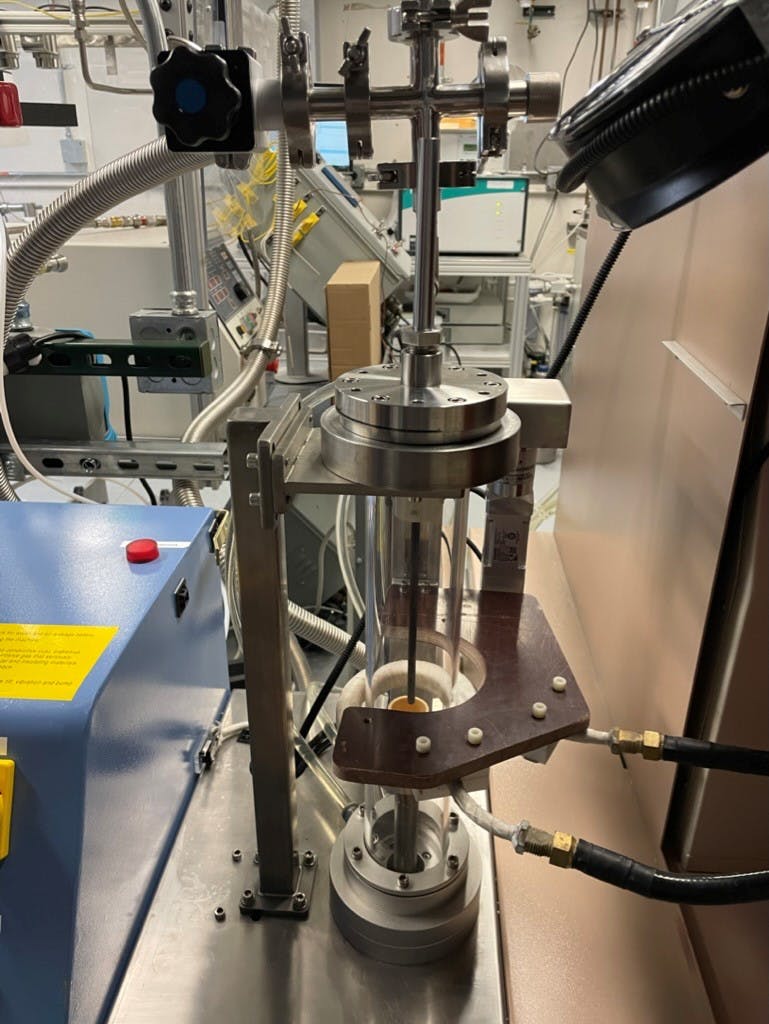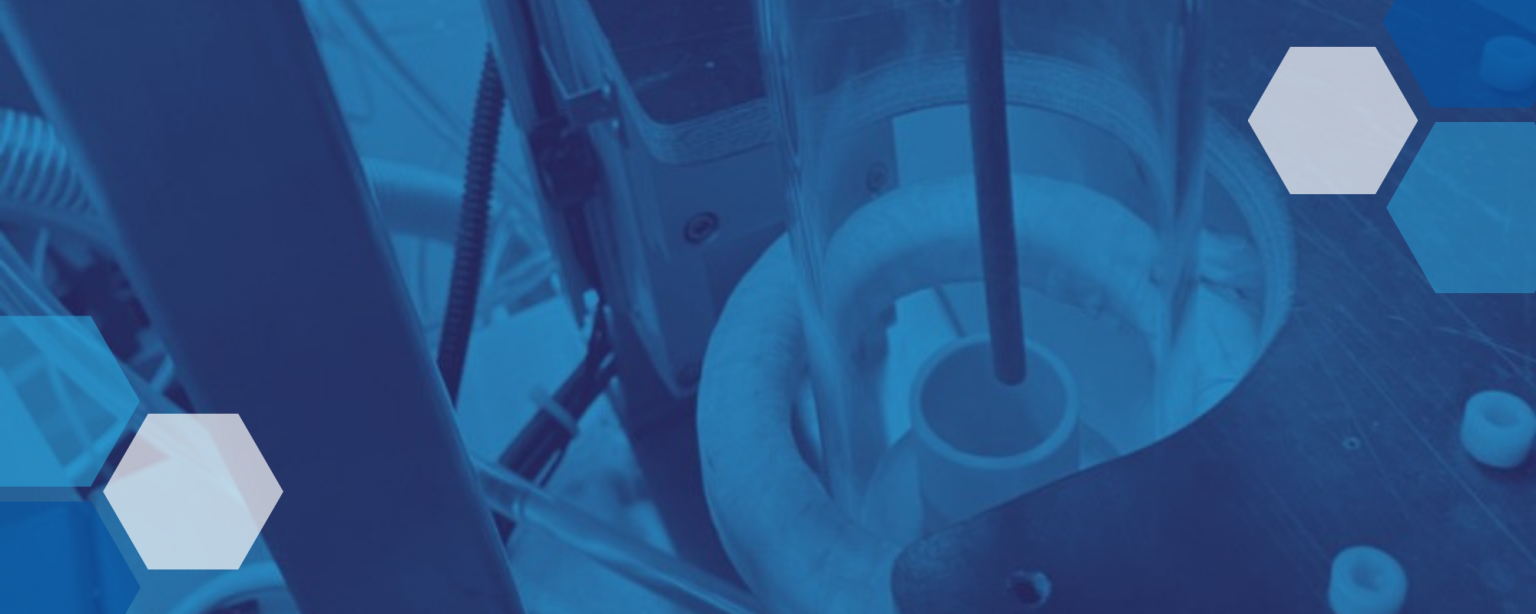It’s one of the most persistent questions in nuclear energy: What about the waste? A new collaboration between Idaho National Laboratory and the University of Utah hopes to answer that question by making fuel recycling a reality for advanced reactors.
The innovative zone refining technique, based on early nuclear research, won funding from the prestigious Advanced Research Projects Agency – Energy in March.
Contrary to the way nuclear waste is portrayed in popular culture, the radioactive material that comes out of nuclear power plants is used fuel rods – stacks of solid ceramic pellets clad in metal that have been removed from a commercial nuclear reactor. And while it is stored safely and securely, much of this spent fuel still contains the useful uranium-235 that could be used to make new fuel. In fact, more than 90% of the potential energy remains in fuel rods when they are removed from a reactor.

Old techniques for new reactors
Minimizing waste is also on the mind of today’s advanced reactor companies. Many reactor designs in development use metallic fuels similar to those used in the earliest nuclear reactors. And when INL researcher Tae-Sic Yoo examined historical data from early fuels testing, he noticed that heating metallic fuel after it came out of a reactor caused a natural separation between the useful material and the undesirable waste products. “They’re hard to mix, like oil and water,” Yoo said.
Yoo realized this could be an excellent recycling method for advanced reactors, especially with the advances in instrumentation and testing in the decades following that early research. Yoo and fellow INL researcher Mason Childs conducted initial tests on this concept as part of an INL Lab-Directed Research and Development project, which showed promising results in separating fission products from useful fuel materials. Now Yoo and Childs will be working with the University of Utah to further investigate the process in the hope that it could prove commercially viable for metal fuels.
Inducing change
The key to this reprocessing method is the way the fuel is heated.
If you’ve ever used an induction stovetop, you know it’s a fast and efficient way to heat cookware by generating a magnetic field at a specific frequency, instead of conducting heat through a heating element.
Using a specialized “zone refining” furnace that behaves in the same way, Yoo and Childs can precisely control the heating to partially melt the fuel and allow the undesirable elements to naturally separate from the useful uranium. The small, lab-scale furnace has already helped establish an important proof of concept using uranium slugs as a stand-in for the irradiated fuel.
“We added impurities to the uranium to make it more similar to used fuel, which is a significant challenge,” Childs said.
One of the most exciting advantages of this zone refining technique is it can separate the useful uranium without the need for an extensive chemical process. Other reprocessing methods use material like molten salts that require additional disposal and safeguards, producing more waste in the process. This zone refining process could one day allow advanced reactors to reprocess fuel on the premises, which could save time and money, and keep the fuel in a secure location to minimize security risks.
As part of the expanded three-year project awarded by the U.S. Department of Energy’s Advanced Research Projects Agency-Energy (ARPA-E), INL will partner with Michael Simpson of the Department of Materials Science & Engineering at the University of Utah to purchase a second furnace which will allow the university to conduct its own testing and develop computer models to better understand and predict fuel behavior. It will also help the researchers develop advanced instrumentation to measure conditions more accurately inside the furnace, and to test additional metal fuel types.
Determining the future of fuel
The team hopes the technique will continue producing positive results as the testing expands over the three-year life of the project. If the project continues beyond that timeframe, longer-term goals include testing irradiated fuel, which requires additional safeguards for handling, and investigating whether a modified technique could be applied to the ceramic fuels used in today’s commercial reactors.
“This is an exciting chance to see whether an old idea can help influence the reactors of the future,” Yoo said.





